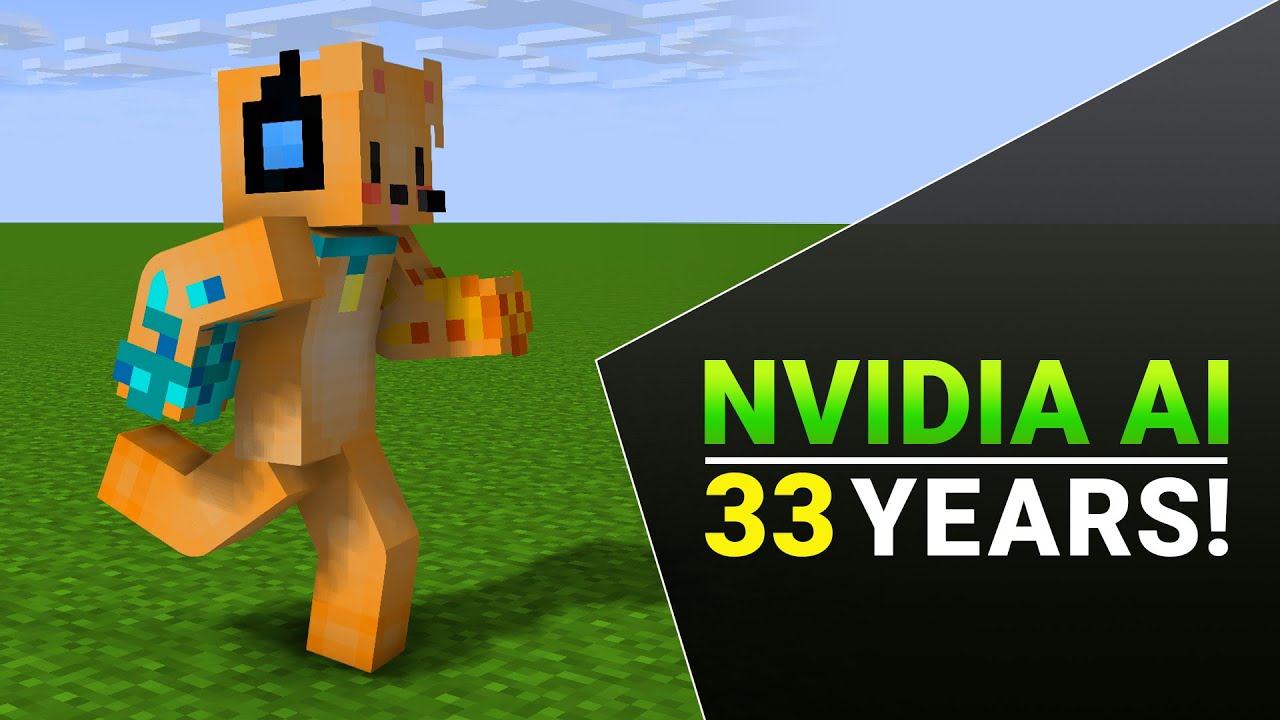In the latest episode of Two Minute Papers, Dr. Károly Zsolnai-Fehér discusses NVIDIA’s MineDojo, an AI system trained on extensive Minecraft data that can perform various in-game tasks, demonstrating advanced learning capabilities. The video highlights MineDojo’s impressive accuracy in completing tasks, with a human evaluator agreeing with its solutions 97% of the time, while also suggesting potential improvements like speech recognition for enhanced interaction.
In the latest episode of Two Minute Papers, Dr. Károly Zsolnai-Fehér discusses NVIDIA’s AI system called MineDojo, which is designed to learn how to play and build in Minecraft. The video highlights the advancements in AI technology, referencing a previous project called GANCraft that could transform rough drafts of virtual worlds into detailed landscapes. GANCraft demonstrated impressive capabilities, such as creating water, islands, and vegetation, showcasing the potential of AI in generating complex environments.
NVIDIA’s motivation for developing MineDojo stems from the success of AI systems in mastering various games, such as Chess, Go, and StarCraft 2. Minecraft, being one of the most popular open-world games, presents a unique challenge for AI due to its sandbox nature, allowing players to build and explore freely. To train MineDojo, NVIDIA utilized a vast amount of data, including hundreds of thousands of Minecraft tutorial videos, over 7,000 wiki pages, and insights from Reddit, enabling the AI to learn practical and encyclopedic knowledge about the game.
The video explains how MineDojo is instructed to perform tasks in Minecraft. By integrating OpenAI’s GPT-3, which has extensive knowledge of the English language, MineDojo can understand text instructions and learn from the vast amount of data it has consumed. Dr. Zsolnai-Fehér presents five examples of tasks that MineDojo successfully completed, including exploring an ocean monument, encircling llamas with a fence, scooping lava, building a nether portal, and even attempting to fight the ender dragon, the game’s final boss.
Despite the impressive results, the video notes that there is still much potential for improvement. For instance, integrating speech recognition could allow users to interact with MineDojo verbally, making it a more engaging virtual companion. The AI’s ability to understand and navigate complex tasks demonstrates its advanced learning capabilities, and the video emphasizes the importance of further research to enhance its performance in more challenging scenarios.
Finally, the video highlights the validation of MineDojo’s performance, with a human evaluator agreeing with the AI’s solutions 97% of the time. This high accuracy rate underscores the effectiveness of the training methods used. Dr. Zsolnai-Fehér encourages viewers to consider the implications of such technology and invites them to share their thoughts on potential applications for MineDojo. The episode concludes with a call to action for viewers to subscribe for future updates on AI advancements.
